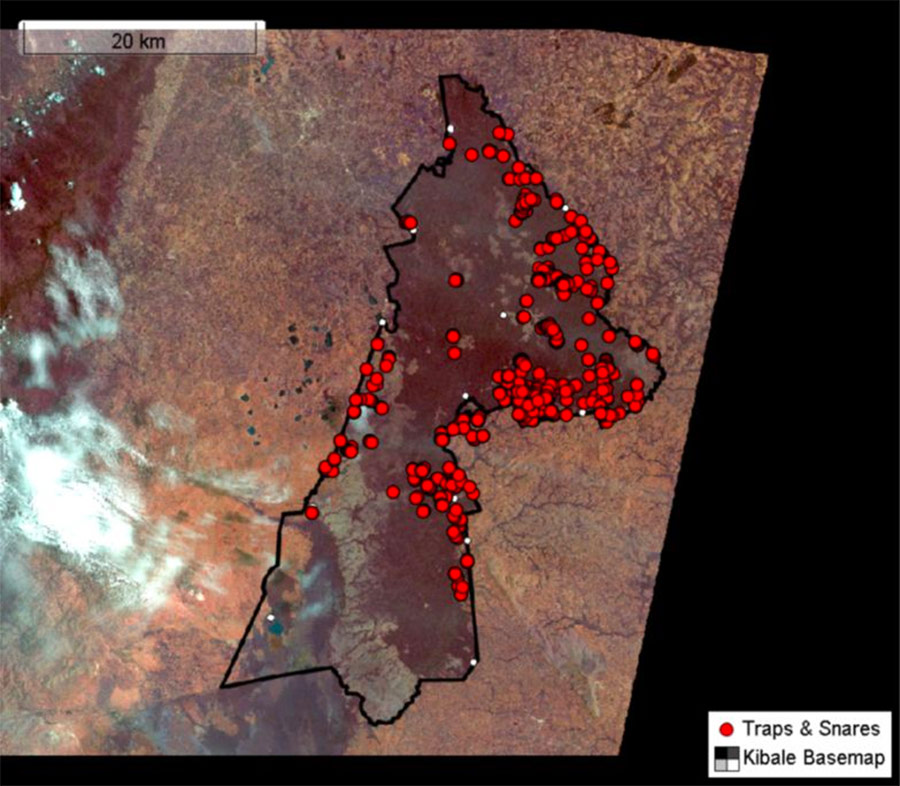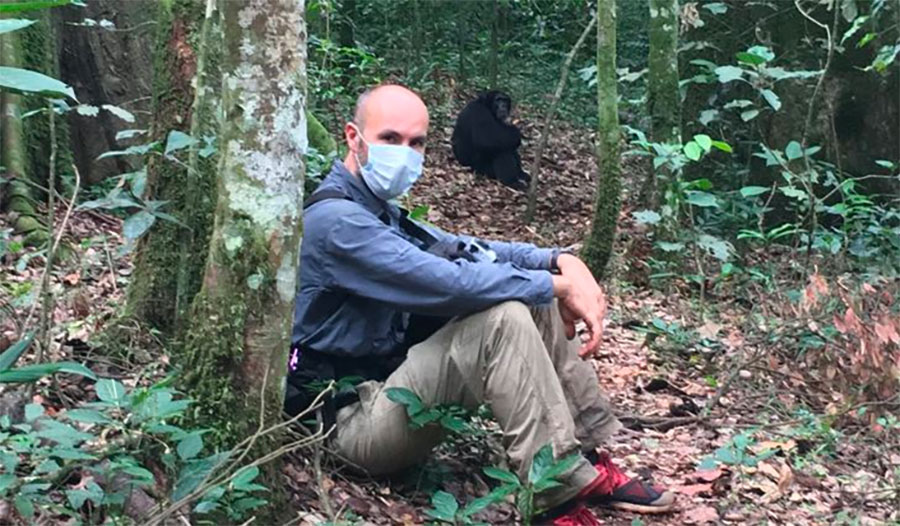- The three major threats to primate conservation are habitat loss, bushmeat hunting, and disease
- Researchers are working around the world to protect and conserve these essential environments for one of humanity’s closest cousins
- One example of a conservation effort is the Ngogo Chimpanzee Project in Uganda
Highlights
Approximately half of the 500 or so primate species living today are in danger of extinction. The three major threats to primate conservation are habitat loss, bushmeat hunting, and disease. Researchers are working around the world to protect and conserve these essential environments for one of humanity’s closest cousins. The Ngogo Chimpanzee Project in Kibale National Park, Uganda, is one of those important habitats to conserve and one of the most important remaining populations of chimpanzees in East Africa.
Habitat destruction
The main threat to primate populations worldwide is destruction of the habitats where they live. There are three types of habitat destruction: (1) total loss, (2) degradation, and (3) fragmentation. The main drivers of habitat destruction are conversion to agricultural land, logging, and mining. Throughout the 1990s, about 12.5 million hectares (about one-third the size of the state of Arizona) of forest in countries where primates live were destroyed every year. Based on estimates of primate population densities, these annual estimates of forest loss translate to a loss of primate lives of about 32 million individuals per year.

Burning and removal of forest areas reduce habitat for chimpanzees. Image credit Shutterstock
About 12% of the world’s area is designated as protected for conservation. However, in many areas where primates live, law enforcement is difficult, and even protected areas suffer habitat destruction. The Ngogo Chimpanzee Project employs six teams of local Ugandans who regularly patrol the park alongside Uganda Wildlife Authority Rangers to assist them in halting habitat destruction. In Kibale, this is mostly small-scale deforestation for lumber and debarking of Celtis africana trees used in traditional medicine.

Some forest habitat is converted to farming. Image credit Ian Gilby
Hunting
Hunting occurs within protected areas, where people hunt primates either for their own consumption or for trade and in agricultural areas where primates raid crops. Much of the consumption of primates occurs not by local people in rural areas, but in urban areas far from where the primates actually live and even internationally. For many species, hunting is not sustainable and can lead to local extinctions. Killing also often occurs in the context of the pet trade, which often involves killing of other individuals, especially mothers. Tens or hundreds of thousands of primates are caught for the pet trade per year.

822 snares were removed in Kibale National Park by KSRP (Kibale Security Patrol) from 2021–2022. Most snares are concentrated along the park boundary and outside of the Kanyawara chimpanzees’ home range (shaded area). Image credit ngogochimpanzeeproject.org
The local people surrounding Kibale National Park have taboos against eating primates. However, many chimpanzees suffer serious injuries and even die when they get caught in wire snares set for forest antelopes, bushpigs, and other small mammals. Chimpanzees sometimes are also killed by large groups of hunting dogs that accompany poachers. Ngogo Chimpanzee Project patrollers work with Uganda Wildlife Authority Rangers to remove snares from the park and track and arrest poachers. Research suggests that law enforcement is the best predictor of ape persistence in resource management areas across Africa.
Disease
The threat of disease to primates is best exemplified by the African great apes, who because of their close genetic relationships to humans can suffer from many of the same diseases. The Ebola virus has decimated gorilla and chimpanzee populations in Gabon and Congo. In addition, the increasing contact between humans and great apes through hunting, encroachment into ape habitat, research, and tourism has resulted in many cases where primates have been negatively affected by diseases acquired from humans. African apes are especially susceptible to dying from respiratory viruses acquired from humans.

Field researchers quarantine for a week before entering the research camp and wear masks when they are in the field to make sure that human diseases are not passed along to the chimpanzees. Image credit Carol Rowney
In 2017, the Ngogo community of chimpanzees suffered a major respiratory disease epidemic. Twenty-five individuals died. Genetics research showed this virus likely had a human source. To combat this threat to their research subjects, the Ngogo Chimpanzee Project now has several protocols to reduce the chance of human-to-chimpanzee disease transmission, including a one-week stay in a separate quarantine camp before coming into main camp to observe the chimpanzees, maintaining a seven-meter distance between researchers and chimpanzees, and wearing face-masks while observing chimpanzees. The Ngogo Chimpanzee Project is working with the Ugandan Wildlife Authority to improve the compliance of tourists who come to Kibale to track chimpanzees to guidelines to reduce the chances of disease transmission.
To learn more about the Ngogo Chimpanzee Project, go to this link:
http://ngogochimpanzeeproject.org/
Written by Kevin Langergraber PhD
Two documentaries have been filmed about the Ngogo chimpanzee communities—
- Rise of Warrior Apes—YouTube Video (purchase $2.99) (2017 documentary on Ngogo chimpanzee community)
- Chimp Empire—Netflix (2023 documentary on Ngogo chimpanzee community)